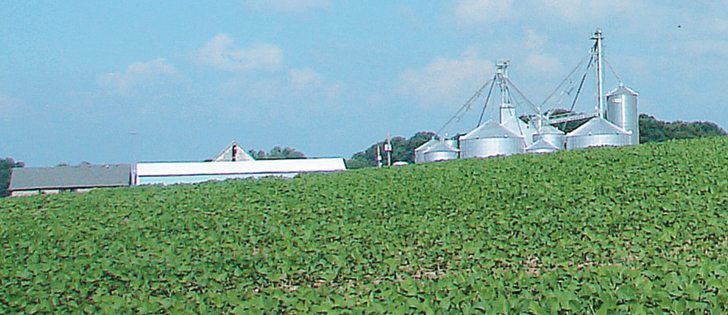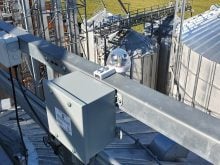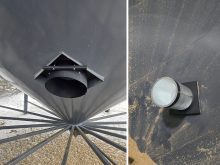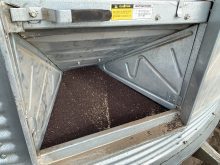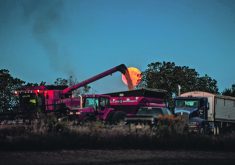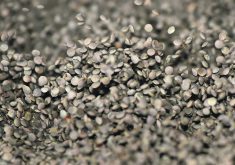Increasing the moisture content by a few percentage points can pencil out to thousands of dollars in returns
A farmer who tries to improve the moisture content of a canola shipment by turning on the water hose won’t endear him to grain buyers.
An observant buyer will notice that the seed coat is mushy and the effort will backfire.
In some cases, canola growers have been blacklisted from elevators after being caught red handed with a garden hose in hand.
However, producers also cheat themselves when they ship canola and soybeans that are three or four points below the normal moisture level.
Read Also
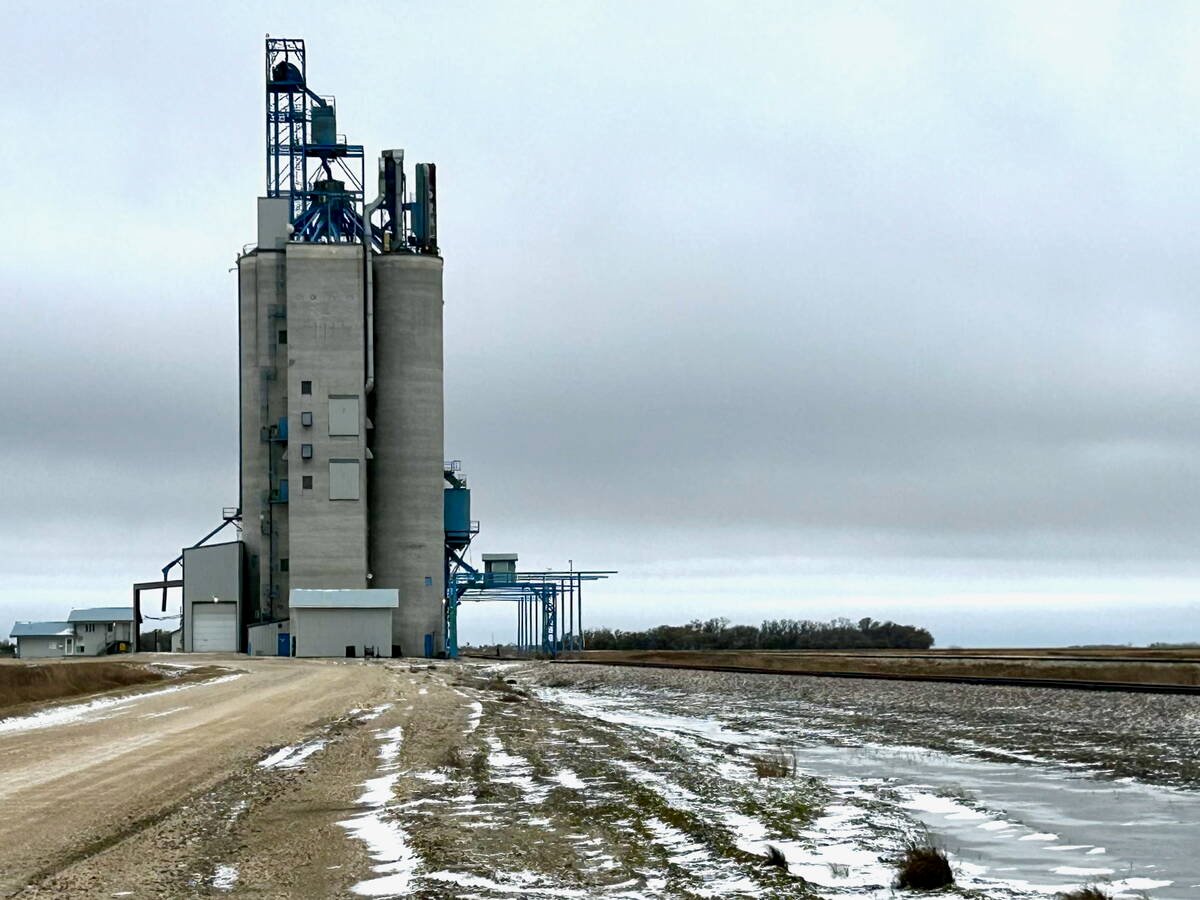
Manitoba grain elevator ownership expands
Carman-based Linear Grain buys Fannystelle elevator from Bunge, another three elevators sold to Morden’s BP & Sons Grain and Storage Inc.
A better solution is to use aeration fans to gradually increase the moisture content, said Brendon Kaminsky, who farms near Brunkild, Man.
Kaminsky experienced a hot, dry harvest three years ago, and he found himself with two big bins of soybeans at 6.5 to seven percent moisture.
“That was 2012. It was great harvest conditions but a really bad year for seed growers around here,” he said.
“The seed was terrible, it was so dry. So, 2013 was when it hurt. Seed was so dry it was cracking coming out of the air seeder and it wasn’t germinating. Seed needs a certain amount of moisture to remain viable.
“We ran the fans on the soybeans in the spring, in May, to put some moisture back in before we shipped them. The beans were bone dry. We brought them up to around 9.5 percent on average. We raised them about 2.5 points.”
Wall Grain Management Solutions of Brunkild, Man., installed an Integris system with cables in all the large bins that included temperature and moisture sensors.
Kaminsky said the Integris computer controls the system round the clock.
In May 2013, the system was instructed to manage the fans to humidify soybeans in the bin.
He said the program pushes the moisture front in the bin only a certain distance in each session. The bottom layer will start to dry if the program runs too long, which would be counter-productive.
“Wall Grain uses this same fan control system to dry the grain and to cool the grain. They decided they could just turn it around and reverse the procedure for re-hydrating, so that’s what they did and it works beautifully,” Kaminsky said.
“When we’re adding moisture, they use all the same temperature and moisture cables, but the computer has different instructions, that’s all.”
Kaminsky said the sensor cables feed into a small plastic box on top of each bin. Each box holds a computer board to process bin data along with outside temperature and humidity.
Each box also has a six inch antenna so it can send data to the Wall Grain shop, where a weather station keeps track of environmental factors.
“By knowing the temperature and moisture of the grain at each level in the bin, (the) computer knows when to turn fans on or off. It works for removing moisture or adding moisture, just by changing the instructions,” he said.
“There’s myself and two other growers around here with these systems. I’m within a half mile of (the Wall Grain) shop. The other two guys are within a mile of the shop. So we don’t need a cell hookup or anything like that, just a two-way radio.
“I don’t know how it would work with canola. You’d have to use thinner layers in the bin. Legumes have a lot more free space for the air to flow. Canola might take longer, but I think it can be done.”
Kaminsky doubts the system would work to add moisture in the fall. He thinks it works best in spring and summer when humidity is high and nights are cool.


